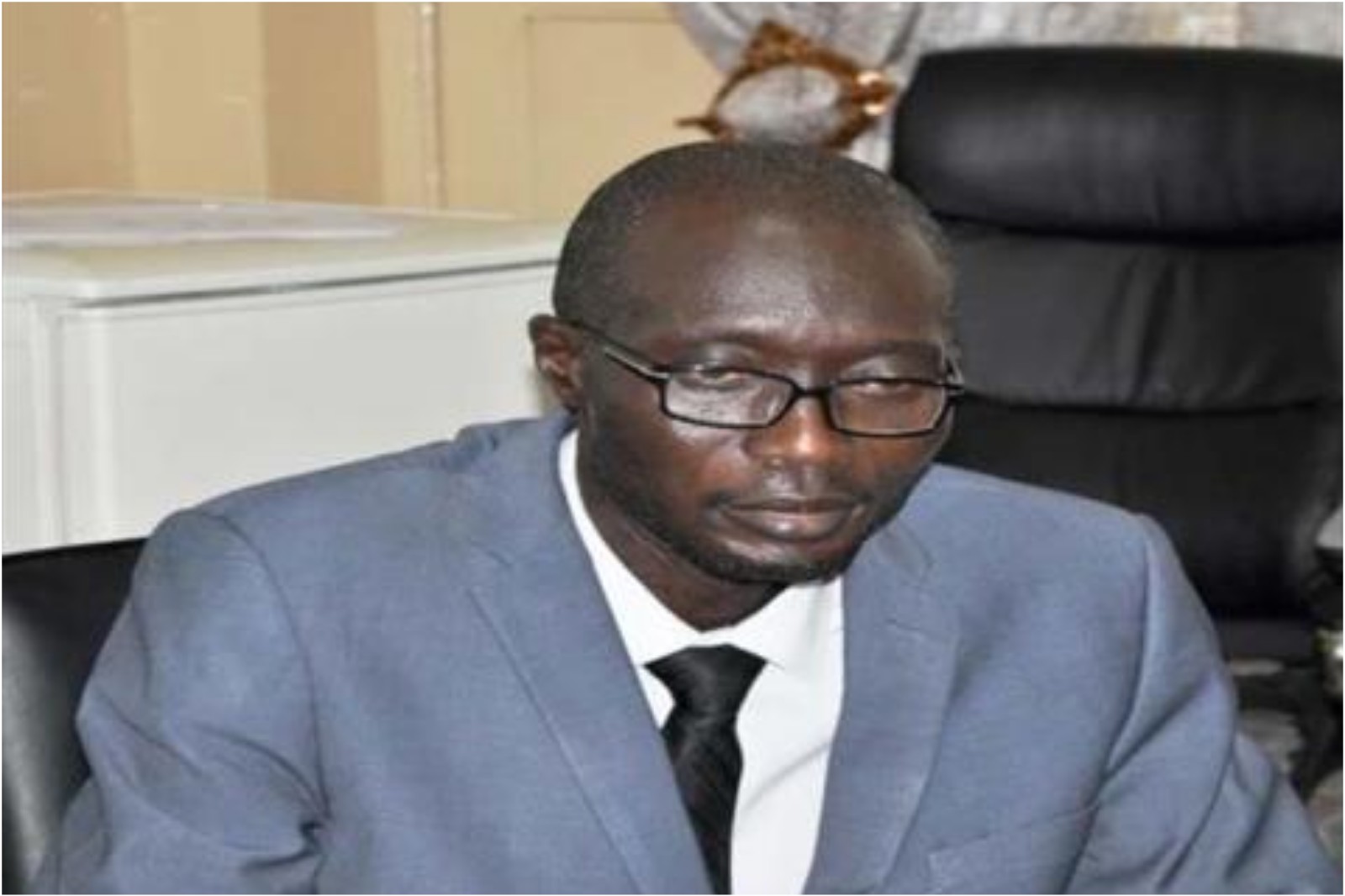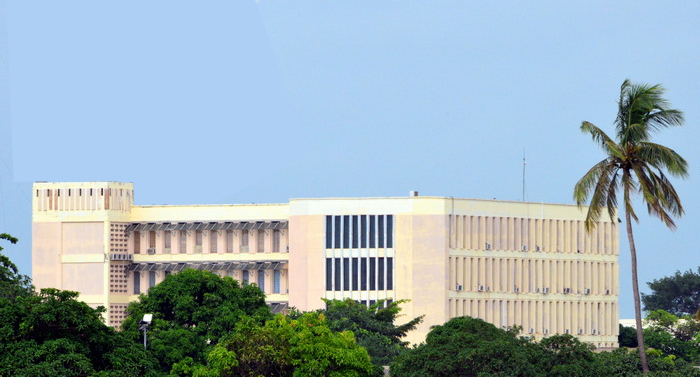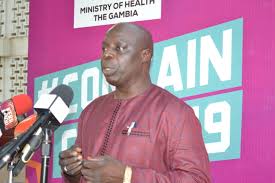Bakary Jammeh, governor of Central Bank of The Gambia has disclosed that the country economic is estimated to have growth by 6.5 percent in 2018 driven largely by the services sector.
“Growth is projected at 6.0 percent in 2019 and 6.2 percent in 2020 due mainly to the strong growth in the services sector, in particular tourism, trade, financial service and insurance, and telecommunication. Agricultural sector and construction are expected to contribute strongly to growth in 2020,” he said on Thursday at Central Bank monetary policy committee press briefing in Banjul.
According to him, the preliminary balance of payments (BoP) estimates indicate that the current account balance improved to a deficit US$45.83 million (2.6 percent of GDP) in 2019 from a deficit of US$69.67 million (4.3 percent of GDP) in the corresponding period of 2018, due to the improvement in the services and current transfers.
He said the goods account deficit is estimated at US$381.0 million (21,6 percent of GDP) in 2019, compared to a deficit of US$354.4 million (21.9 percent of GDP) in the same period in 2018.
He also said export receipts increased by 2.2 percent to US$138.3 million during the period under review, revealing that imports increased by 3.7 percent to US$538.6 million in 2019 from US$519.4 million in the same period in 2018.
“The surplus in the services account stood at US$118.9 million compared to US$106.1 million in December 2018, due largely to the increase in income from personal travels.
Gross official reserves (foreign assets of the Central Bank) stood at US$258.0 million in February 2020. An international reserve is projected at 4.5 month of next year’s imports goods and services,” he said.
Governor Jammeh stated that volume of transactions in the domestic foreign exchange market, measured by aggregate purchases and sales of foreign currency stood at US$2.12 billion in 2019 compared to US$2.03 billion in 2018.
He further said the purchases of foreign currency (indicating supply) totaled US$1.07 billion in 2019 compared to US$1.04 billion in 2018, adding that sales of foreign currency which indicates demand, also increased to USD 1.05 billion, in 2019 from US$1.02 billion in 2018.
“The exchange rate of the dalasi remains broadly stable. The dalasi appreciated against the US Dollar, Euro and Pound Sterling by 0.4 percent, 1.5 percent and 1.9 percent in February 2020 compared to December 2019.
This is largely due to strong inflows from remittances, tourism and assistance from our development partners as well as strong economic policy implementation,” he told commercial bank managers at the briefing here today Thursday.
According to him, preliminary estimates of government fiscial operations for the year 2019 show an overall deficit (including grants) of D3.1 billion (3.6 percent of GDP) compared to a deficit of D4.8 billion (6.0 percent of GDP) recorded in 2018, pointing that the improvement was attributed to an increase in revenue and grants by 11.9 percent.
“Revenue and grants in 2019 amounted to D16.6 billion (19.0percent of GDP), higher than D14.9 billion (18.6 percent of GDP) registered in 2018. Domestic revenue which comprises tax and non-tax revenue, increased to D11.8 billion (13.5 percent of GDP) in 2019, from d10.2 billion (12.8 percent of GDP) in 2018, supported by improved tax collection.
Total government expenditure and net lending in 2019 increased to D19.8 billion (22.5 percent of GDP), compared to D19.7 billion (24.7 percent of GDP) IN 2018,” he said.
Governor Jammeh revealed that the stock of domestic debt increased to 32.86 billion (32.4 percent of GDP) in February 2020 from 31.88 billion (35.5 percent of GDP) in December 2019, adding that the stock of Treasury and SUKUK-AL Salaam bills decreased by 1.4 percent to D19.1 billion during the period under review.
“The yields on the 91- day, 182-day and 364- day Treasury bills increased from 2.24 percent, 4.98 percent, and 7.39 percent at end- December 2019 to 3.96 percent, 5.20 percent and 8.50 percent respectively in February 2020,” he added.
He pointed out that the banking system remains adequately capitalized, liquid and profitable and the capital adequacy ratio of the industry stood at 31.45 percent in December 2019 higher than the statutory requirement.
“The ratio of liquid asset to total asset of the industry stood at 61.1 percent in December 2019 compared to 57.4 percent in the same period in 2019. The liquid asset to deposit ratio was 19.6 percent also higher than the statutory requirement of 30.0 percent. The ratio of non-performing loans to total loans was 4.55 percent in December 2019,” he said.





